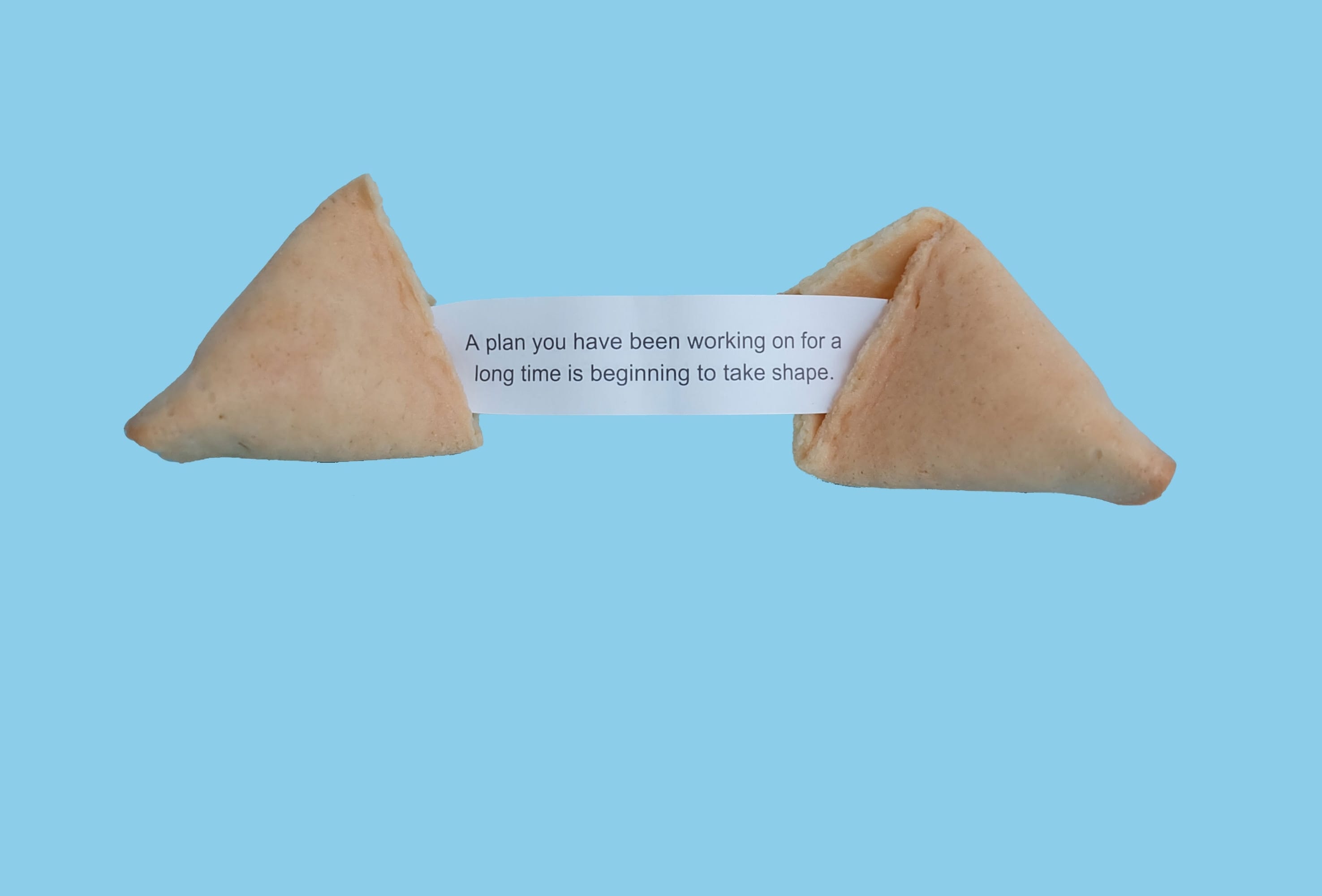Editor’s note: A version of this article appeared on Shep Hyken’s blog and is adapted here with permission.
In the old days — and even in modern times — if a customer wanted help or support, they picked up the phone and called for help. A (hopefully) friendly and competent customer service professional would answer the question or resolve the problem.
Today there are many ways to connect with a company. There’s the traditional phone call, email, messaging, instant chat, social channels like Twitter and Facebook, and many more. But there’s one mode of communication and customer support that hasn’t been talked about much. My prediction is that it will not only become popular, but a recognized standard that customers will come to expect. What I’m referring to is the concept of predictive customer support.
My simple definition of predictive customer support is that the customer gets the support not only before they know they need it, but before the problem ever occurs because it’s predicted that it will occur.
See also: Why Asset Performance Management Is the Next Frontier in Service
A copy machine is a great example. It has sensors to give you warnings, so it can let you know when you’re running low on toner, for instance. That knowledge allows you to add toner before you run completely out, which would most likely happen during an important copy job. (Isn’t that the way it usually happens?) Crisis averted!
Here’s another example. Let’s say a customer calls for support. Thanks to good CRM software, the agent knows who this customer is, when they last called, what they called about, what they’ve bought in the past, etc. A well-trained and experienced customer service agent will not only solve the customer’s current issue, but also anticipate their next question or problem. All of this is based on this customer’s previous behaviors, which align with patterns established by hundreds or even thousands of other customers. The patterns allow for predictions of the customer’s needs and suggest the best way to take care of them.
Technology can play a role in making these predictions. Rather than relying just on the customer support agents’ experience, artificial intelligence can play a role in making these predictions. With alerts and predictive AI, problems can be discovered early, often before the customer knows about them, and in some cases, can be preempted with support and maintenance to prevent the problem ever happening in the first place. As much as technology can play a role in making these predictions, common sense and experience can also drive the predictive experience.
You don’t need ESP (extra-sensory perception) to practice predictive service. With the right tools, knowledge, and expertise, you can essentially “see into the future.” Once you’ve had a look, don’t wait for the customer to call you. Fix it before it becomes a problem.
A version of this article by Shep Hyken appeared on his Customer Service Blog. You can read the full version here.


Great article Shep!! I agree with you on the point that artificial intelligence can play a role in making consumer behavior predictions, instead of only relying just on the customer support agent’s experience. In fact, I have recently searched and found that several organizations have already implemented some AI-powered tools into their customer service space that not only empowers the customer service agents but also automates QA and improves agent and customer experience in real-time. MeastroQA, Scorebuddy, Salesforce Einstein, CSAT.AI are few examples of such tools. Hope this helps!
Thanks, Clyde – Good info. Appreciate the comment and the share!